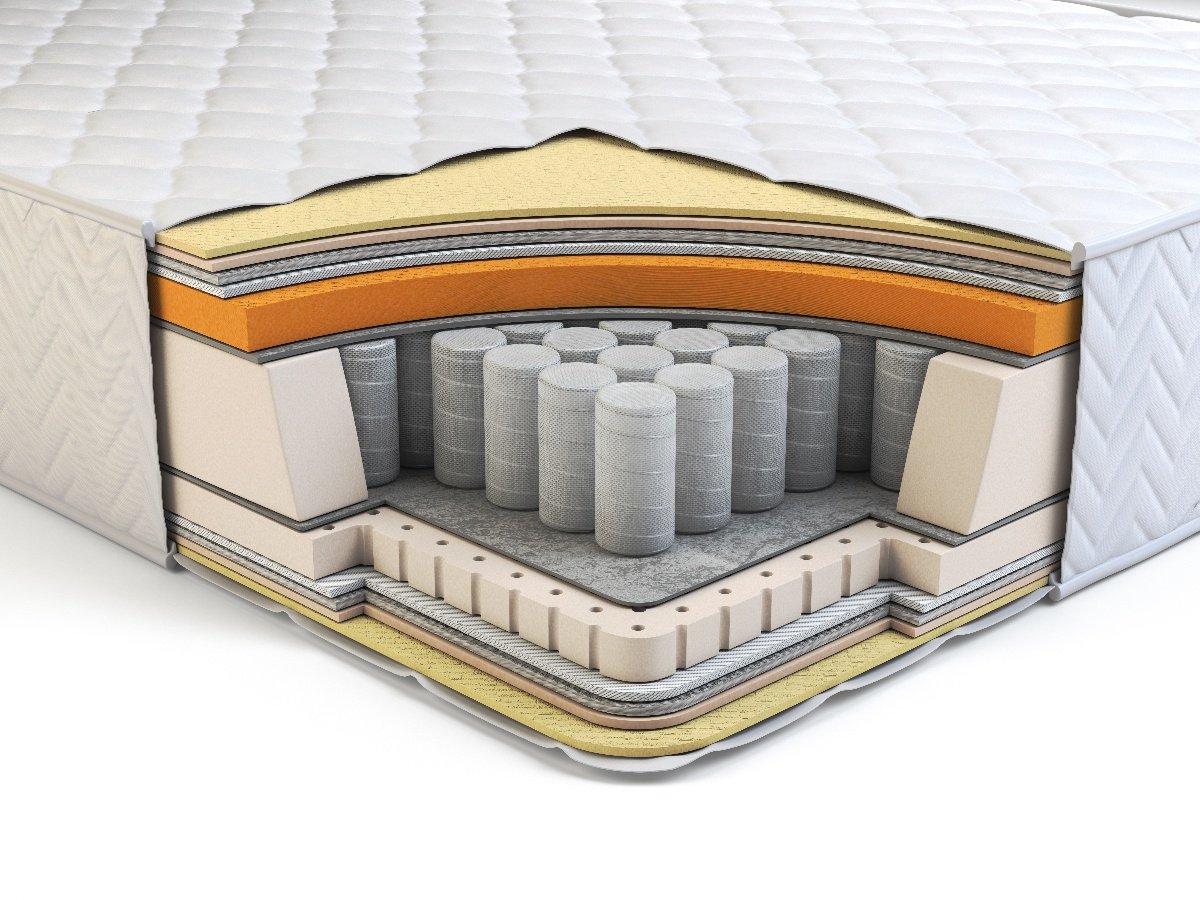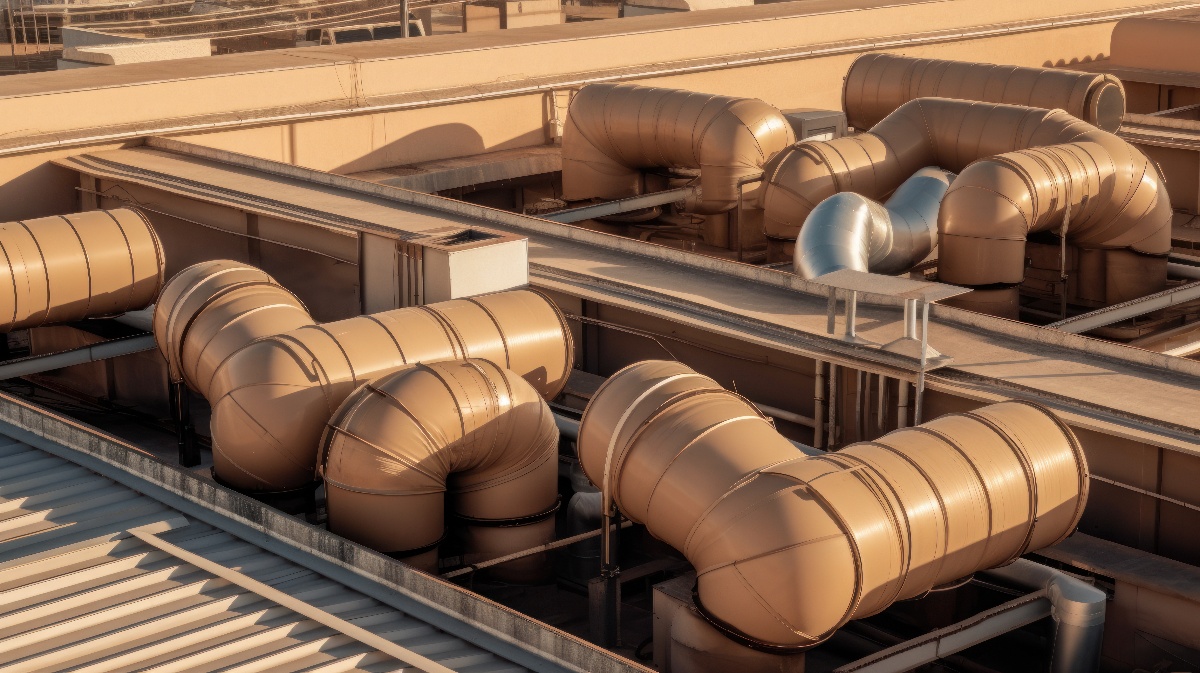
The sport of high jumping pushes athletes to leap over a horizontal bar placed at ever-increasing heights. It tests the limits of human athleticism and technique. While physique and training are key, the evolution of specialized high jump poles has enabled new heights thought impossible decades ago. These finely-tuned poles act as springs, storing elastic energy on the approach and release to dramatically boost jumpers skyward.
The basic goal is simple–efficiently transform the horizontal momentum of the sprinter's approach into vertical lift. Yet the physics and engineering behind it are complex. Subtle differences in pole materials, dimensions, flexibility, and bend dynamics can mean the difference between easily clearing great heights and crashing into the bar. Advancements in composite materials and computer simulations have allowed poles to be highly customized for individual jumpers, too.
As engineers seek to push further performance barriers, they dive deep into quantified aspects like pole stiffness, recoil timing, and energy return. The interplay between an athlete's technique and their gear provides an intriguing engineering challenge. Much science and testing goes into optimizing high jump poles to transfer energy as efficiently as biologically possible.
Yet further improvements still await through researching advanced materials. This article will explore the science behind high jump poles and what materials are ideal for peak performance.
The Science of High Jump Poles
The physics behind the pole vault event contains a complex interplay of athlete energy and pole recoil. As the jumper sprints down the runway at maximum speed, they plant the flexible pole into a box and begin redirecting horizontal velocity upwards as the pole bends. Timing this "take off" correctly is critical—too early and the pole will not provide enough lift, too late, and stored elastic energy dissipates rather than projecting the athlete skyward.
Ideal Material Properties for High Jump Poles
Engineers aim to design poles that stretch rather than break when subjected to the immense forces involved. The loaded poles can momentarily support over a dozen times the jumper's body weight at the peak of the vault. Material properties like strength, flexibility, durability, and weight become essential design considerations. Strength denotes the force a material can withstand before permanent deformation.
Flexibility indicates how much the pole can bend and stretch without yielding—key for energy storage. Durability determines pole lifespan with repeated high-force cycles. Weight also matters as excess mass decreases vaulting height. Balancing these properties poses tradeoffs pole engineers grapple with.
The strongest pole materials tend to be dense, heavy, and not very elastic. Flexible, recoil-ready materials are often less hardy over time. Finding the ideal robust yet springy composites continues advancing the event. With this science and engineering foundation established, we can next trace key pole material innovations throughout history that aimed for height and safety over flimsy bamboo predecessors prone to buckling.
Design Considerations for High Jump Poles
The interplay between pole flexibility and stiffness is key for maximizing the conversion and transfer of energy. Flexibility allows the pole to bend significantly and stretch on contact, storing substantial elastic potential energy. As the vaulter begins to descend, pole stiffness ensures recoil happens fast enough before energy dissipates as heat, projecting the jumper upwards. Finding the ideal balance tailored to an athlete's strength and technique is crucial.
Pole length and weight also influence vaulting mechanics and height. Greater length concentrates bend forces higher, lifting vaulters further. But length also makes poles unwieldy on the sprint approach. Excess weight saps kinetic energy for lift as well. Top pole vaulters today utilize poles over 17 feet long made from feather-light carbon fiber composites. Further weight savings may enable greater length still.
Refining pole cross-sectional shapes and dimensions helps fine-tune aerodynamics and stiffness properties. Most poles utilize a circular or ovalized exterior to reduce drag combined with hollow interiors with reinforced walls. Stiffness varies by adjusting pole wall thickness and diameter - thicker and wider designs resist bend near ground contact while tapering to more flex higher up.
Safety is also paramount. Grip texture provides control, while bend dynamics mean vaulters exert little grip force mid-vault. Caps protect pole tips from splintering on box contact while preventing snags from dismounting the mat. Engineering poles for performance cannot compromise safety–advances in composites and analytics continue striking this balance better.
Fiberglass Reinforced Plastic for High Jump Poles
As engineers seek the ideal balance of strength, flexibility, durability, and lightness, a pole material–fiberglass reinforced plastic (FRP)–can meet necessary requirements. This composite combines glass fiber for strength and stiffness and is integrated into a plastic polymer matrix, bringing flexibility. The result is a hardy yet elastic material ripe for further optimization.
FRP demonstrates substantially higher strength-to-weight ratios than previous pole materials like wood, bamboo, and even early fiberglass variants. The macrostructure glass threads provide strength while the plastic polymer matrix transfers load forces evenly across them. FRP can bend and stretch to store immense energy before recoiling fast enough for maximum energy return.
Durability also excels–FRP poles maintain consistent performance over thousands of bend cycles. They better retain the tuned flexibility and stiffness engineered for specific athletes over years of training and meets. Refinement continues as more advanced plastic resins and precision fiber orientations are tested.
The potential exists for FRP to deliver poles with unprecedented combinations of strength, elasticity, robustness, and lightweight. They could balance the safety margins engineers desire with the customized responsiveness that allows elite vaulters to soar even higher. Material science advances, and nano-engineering of superior composite matrices present an exciting future for fiberglass-reinforced plastic in the pole vault arena.















